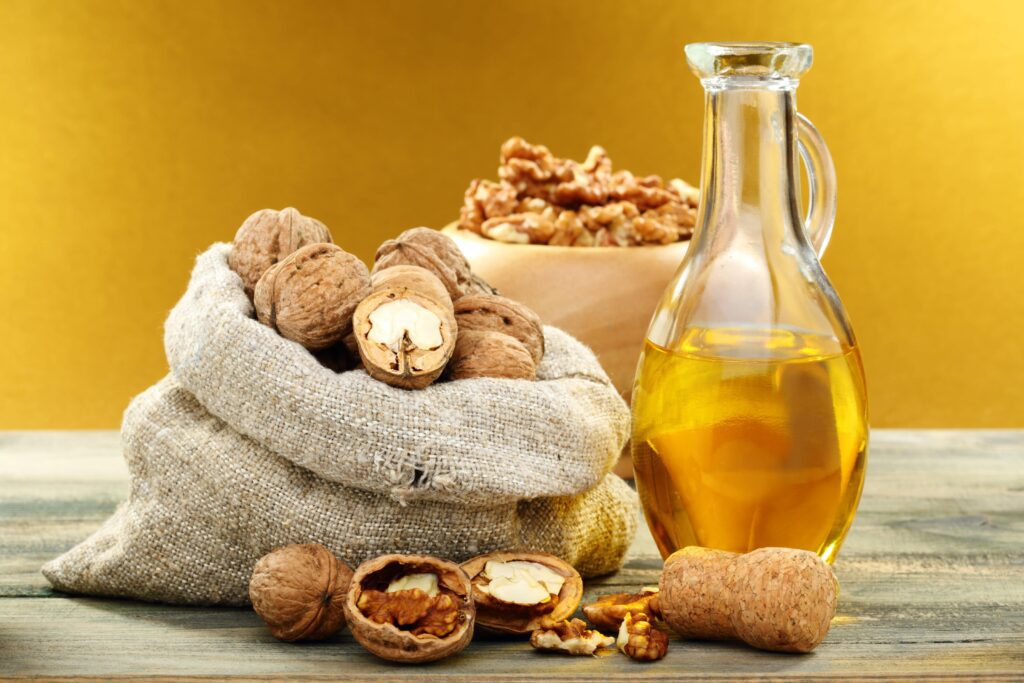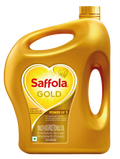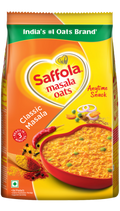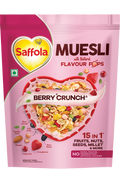12 October, 2021

5 min

56

The nutritional role of fats in a healthy diet has often been misunderstood, leading to some unfortunate myths linking them to weight gain. Fats are in fact one of the three key macronutrient groups along with carbohydrates and proteins. These macronutrients are all a part of a balanced diet that is needed for growth, metabolism, and the proper functioning of your body. However, not all fats are good for your health. Saturated fatty acids (SFAs) can have negative health effects, especially if taken in high quantities. On the other hand, good fats are essential and keep you and your heart healthy. So which fatty acid is good for health? This is where MUFAs and PUFAs come in. But what is MUFA and PUFA?
- MUFA full form: Monounsaturated Fatty Acids
- PUFA full form: Polyunsaturated Fatty Acids
In this article, we take a closer look at the MUFA and PUFA benefits. To understand these concepts in-depth, we will also look into whether there’s a difference between MUFA and PUFA
What are Monounsaturated Fatty Acids (MUFAs)
Monounsaturated fatty acids are one of the healthy types of fats. These fats are fat molecules that have one unsaturated carbon bond within them. Healthy oils with MUFAs can be found in a liquid form at room temperature and harden at colder temperatures.
What are Polyunsaturated Fatty Acids (PUFAs)
Polyunsaturated fatty acids are another type of healthy fats. As the name suggests, these have more than one unsaturated carbon bond within the fat molecule. PUFAs are found in a variety of foods ranging from oils to nuts.
Benefits of MUFAs and PUFAs
The National Institute of Nutrition (NIN), Hyderabad suggests that it is important to obtain the right balance of all three fatty acids in our diet. Excessive consumption of SFA has been linked with an increased risk of heart diseases and diabetes in a report by the UN. MUFAs and PUFAs on the other hand have significant health benefits like,
- Increase in HDL cholesterol, which is the good cholesterol that removes other forms of cholesterol from your bloodstream
- Reducing LDL cholesterol, which is the bad cholesterol that can get stuck in your blood vessels and making them narrow, increasing your chances of a stroke or heart attack
- Can help reduce risk of coronary heart diseases
- Improving insulin sensitivity, which helps your body manage blood sugar and metabolism better
- Can help to reduce the risk of diabetes
Polyunsaturated fat vs Monounsaturated fat - Is There a Difference?
There is no difference between MUFA and PUFA as both MUFA and PUFA can lower blood cholesterol levels and lessen the risk of heart disease and stroke in the long run. An example of monounsaturated fatty acids is Oleic acid. Omega-3 fatty acids and omega-6 fatty acids are some PUFA examples.
Best Sources for MUFAs and PUFAs
Best MUFA sources can be found in vegetable oils such as olive oil, and canola oil. Foods high in polyunsaturated fatty acids are nuts, fish, fish oils, and vegetable oils such as flaxseed oil, sunflower, safflower and soybean oil. An easy way to get the right balance of MUFA sources and PUFA sources in your diet is through blended oil. Blended oils such as Saffola Gold contain a mix of oils rich in MUFAs and PUFAs so you can get the health benefits of both with a single cooking oil. Choosing the right cooking oil is one of the most important parts of a heart-healthy diet as they’re a part of almost all the meals that you make at home. Making the switch to a healthier cooking oil can have a significant positive impact on your health and the health of your household, without much effort. In conclusion, don’t be wary of all types of fat. You should just be on the lookout for the bad fats which can increase your risk of heart disease. Make good fats a part of your diet and start experiencing the health benefits today!












